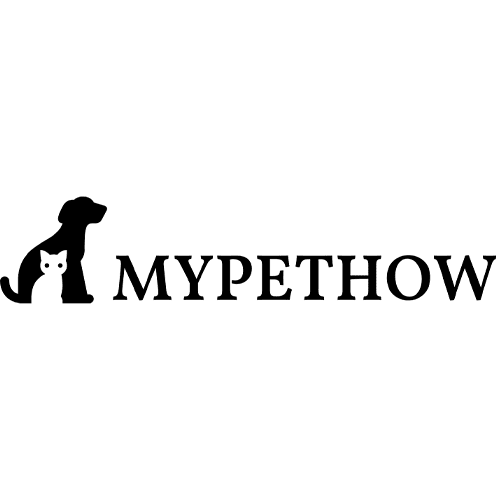Discover how to provide the best care for your western hognose snake with this comprehensive care sheet. Learn about enclosure setup, substrate, feeding, and more to ensure a happy and healthy pet snake. You will want to use this essential guide to hognose snake care!
What is a Western Hognose Snake?
The western hognose snake (Heterodon nasicus) is a small, non-threatening snake found in North America. They are known for their upturned snout and mild venom, which is harmless to humans. These fascinating reptiles are increasingly popular in the pet trade due to their exciting behaviors, manageable size, and ease of care.
What Enclosure Does a Hognose Snake Need?
A hognose snake requires an appropriately sized enclosure to thrive. A 20-gallon tank is appropriate for an adult western hognose snake, while a hatchling or young hognose can be housed in a more miniature terrarium. The enclosure should have a secure lid to prevent escape and provide adequate ventilation. A hiding spot, water bowl, and branches for climbing should also be included in the hognose snake’s enclosure.
What Substrate is Best for a Hognose Snake?
Hognose snakes are burrowers, so choosing a substrate that allows them to exhibit this natural behavior is essential. Aspen shavings, coconut coir, and cypress mulch are popular substrate choices for hognose snakes. Avoid using sand, as it can cause impaction if ingested.

Does a Hognose Snake Need UVB Lighting?
While not essential, providing UVB lighting for your hognose snake can benefit its overall health. Diurnal snakes like the western hognose can benefit from exposure to UVB rays for 10-12 hours daily to help synthesize vitamin D3, which aids in calcium absorption.
What Do Hognose Snakes Eat?
Hognose snakes are carnivorous and mainly eat small rodents, such as mice. In captivity, they can be fed frozen-thawed mice, with the size of the prey item appropriate for the size of the snake. Hatchling western hognose snakes can be fed pinky mice, while adult snakes can eat more giant mice. Feeding should occur every 5-7 days for adults and more frequently for younger snakes.
How to Choose a Healthy Baby Hognose Snake
When selecting a hognose baby snake, look for one that is alert, active, and has clear eyes. It’s a good idea to ask the breeder or pet store about the snake’s feeding history and any potential health issues. Ensure the baby hognose has successfully shed its skin before bringing it home.

Do Hognose Snakes Make Good Pets?
Hognose snakes make excellent pets for those new to snake-keeping and experienced reptile enthusiasts. They are generally docile, easy to handle, and have specific care requirements. With proper husbandry and attention, a hognose snake can be a rewarding and fascinating addition to your home.
Frequently Asked Questions
1. How should I set up the enclosure for a Western Hognose Snake?
The enclosure for a Western Hognose Snake should be appropriately sized and provide a comfortable environment. Use a glass or plastic terrarium with a secure lid to prevent escape. The enclosure should have a basking area, a cool side, and plenty of hiding spots. Place a water bowl in the enclosure as well.
2. What substrate is suitable for a Western Hognose Snake?
The substrate you choose should mimic the snake’s natural habitat and allow for burrowing. Aspen bedding or coconut husk is commonly used as substrate for Western Hognose Snakes. Avoid using substrates that can cause impaction, such as sand or gravel.
3. What are the temperature and humidity requirements for a Western Hognose Snake?
Western Hognose Snakes require a temperature gradient in their enclosure. The basking area should have a temperature of around 90-95°F (32-35°C), while the cooler side should be around 75-80°F (24-27°C). The humidity level should be maintained between 40-50%. Use a hygrometer to monitor humidity levels.
4. Are Western Hognose Snakes venomous?
Yes, Western Hognose Snakes are mildly venomous. However, their venom is harmless to humans. The venom is primarily used to subdue their prey, and they are not considered a danger to humans.
5. Can Western Hognose Snakes “play dead” like a cobra?
Yes, one of the interesting behaviors of Western Hognose Snakes is their ability to play dead. When threatened, they may flatten their bodies and roll onto their
Conclusion
In conclusion, Western Hognose snakes make for fascinating pets. Their unique behaviors, manageable size, and relative ease of care make them a popular choice among both beginner and experienced snake keepers. By providing an appropriate enclosure, suitable substrate, balanced diet, and maintaining the right temperature and humidity levels, you can ensure a healthy and happy life for your pet. It’s also important to remember that while they are mildly venomous, they pose no significant threat to humans. The captivating behavior of playing dead when threatened further adds to their charm, making them truly interesting companions.











































